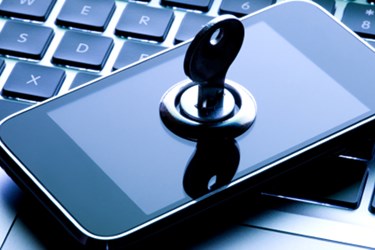Mobility And Security Top Concerns For Healthcare CIOs

By Christine Kern, contributing writer

As mobile use expands, IT leaders need to address gaps in infrastructure.
Eight out of ten CIOs recently surveyed by Spōk, Inc. said strengthening data security is their number one business goal for the next 18 months, followed by increasing patient satisfaction (70 percent) and improving physician satisfaction (65 percent). The survey was administered by CHIME.
The survey polled 100 CIOs, 68 percent of whom said they are actively implementing secure text messaging and more than half (53 percent) reported they have an organization-wide mobility management system in place. The top four drivers for implementing secure text messaging were PHI security (84 percent); physician-to-physician conversations (63 percent); care team communication (60 percent); and the ability for staff to send messages (54 percent).
The study also found, for the 37 percent of hospitals with no current documented mobility strategy, 31 percent are in the process of developing one and 17 percent have a verbal strategy in place. Together, the “Yes”, “In Process”, and “Verbal Strategy” respondents comprised 81 percent of those surveyed, demonstrating most healthcare organizations are well on their way to embracing mobility.
As Health IT Outcomes reported, a VDC Research survey found the top three investment drivers for mobile technologies in healthcare are improving patient satisfaction, improving mobile workforce productivity, and enhancing patient experience. The three employee categories most likely to receive use mobile devices are executive management, doctors, and nurses.
The Spök survey also revealed fewer hospitals are allowing BYOD programs, likely in response to data security risks. Nearly 20 percent of survey respondents reported their organization does not allow any sort of BYOD program. This trend is not surprising, given the increasing frequency of ransomware and other cyberattacks, and the heightened efforts to investigate data breaches by the Office of Civil Rights at the Department of Health and Human Services (HHS).
The study concluded, “Mobility is the future of healthcare communications, though the particulars of that future remain in flux. Device diversity is actually increasing as new types of mobile devices are added to the mix and existing tools remain firmly entrenched in the workflows of clinicians. This diversity brings an even greater need for a communications infrastructure that can support clinical mobility and make care team coordination easier and faster.” And as mobile strategy plans and use cases continue to grow, “there is a large gap in infrastructure to support the strategy and devices, including wireless network coverage and EMM solutions. This gap will be critical for hospitals to address in an effort to mitigate security risks and enhance communications.”
